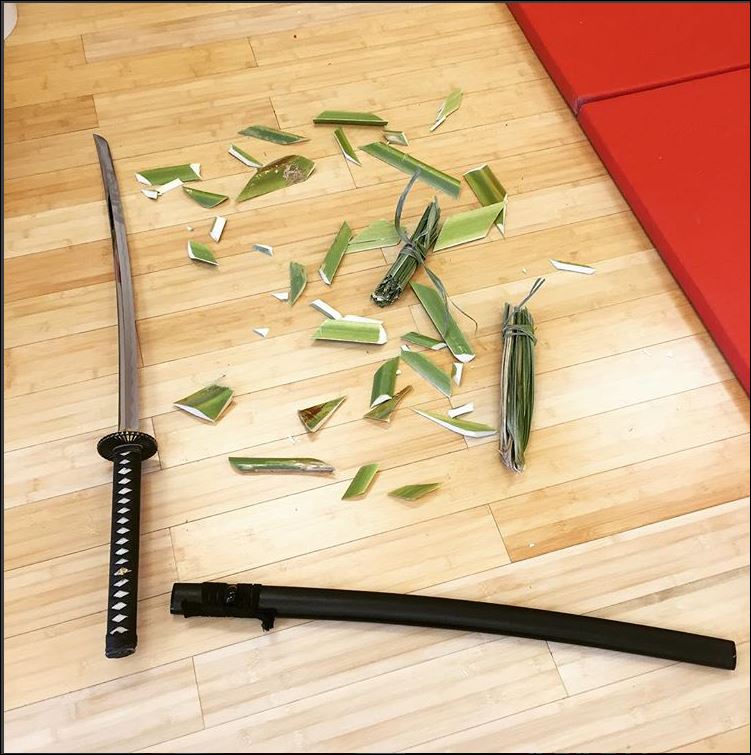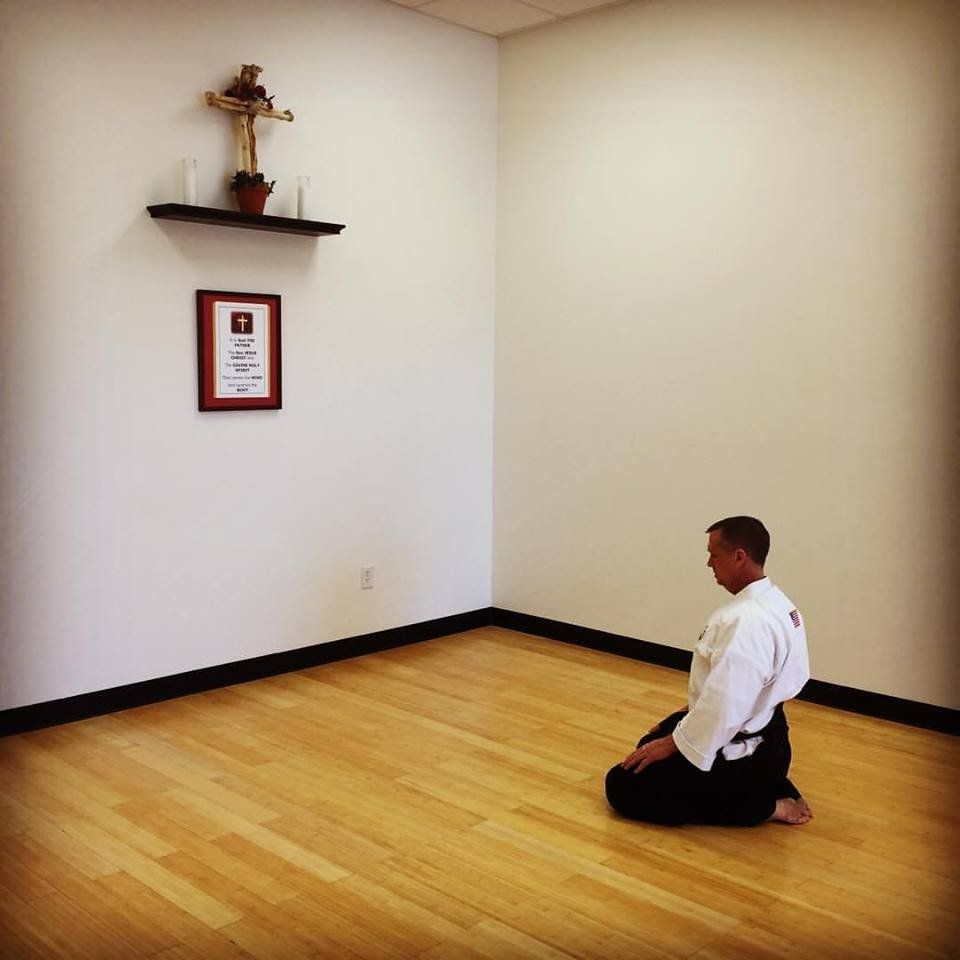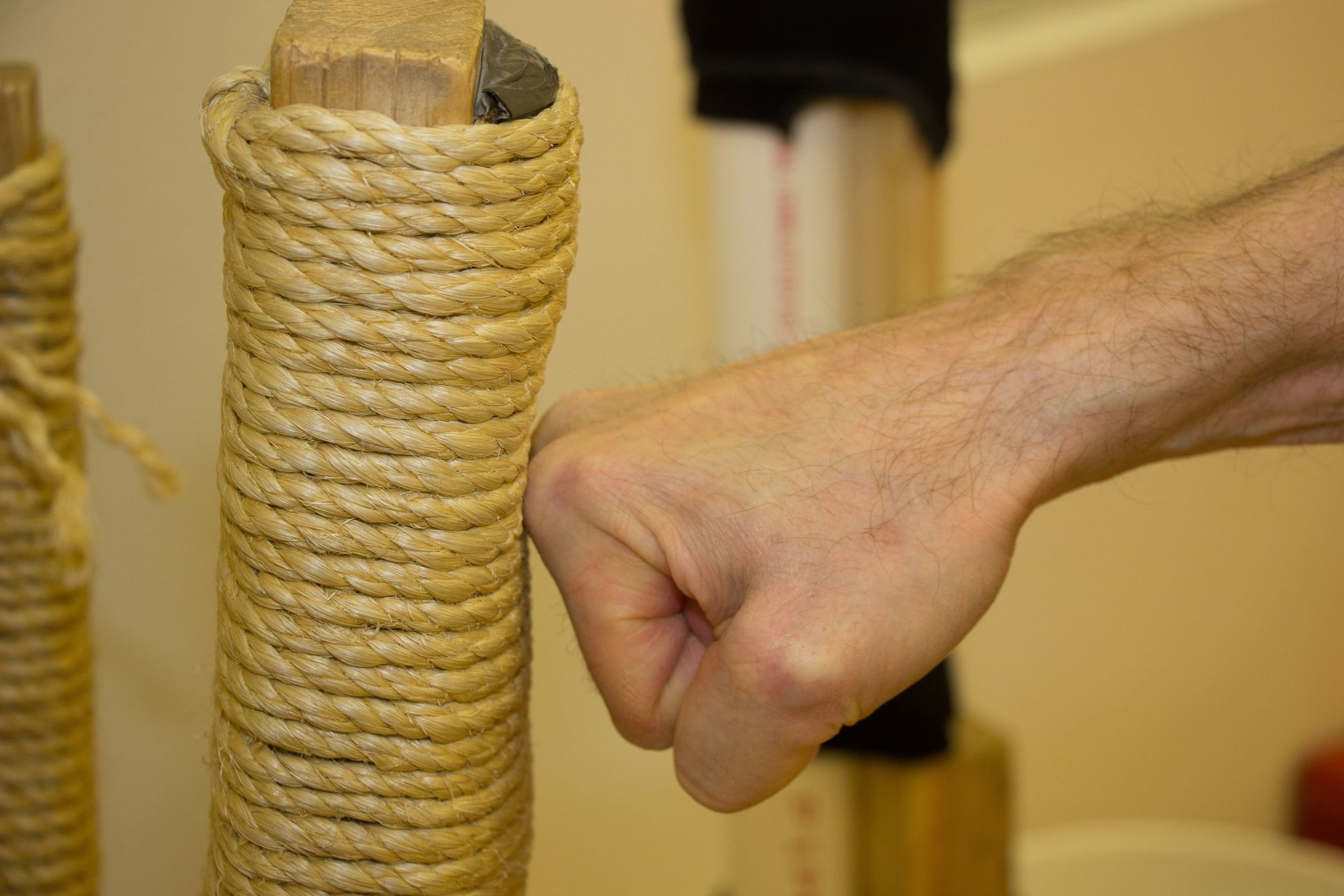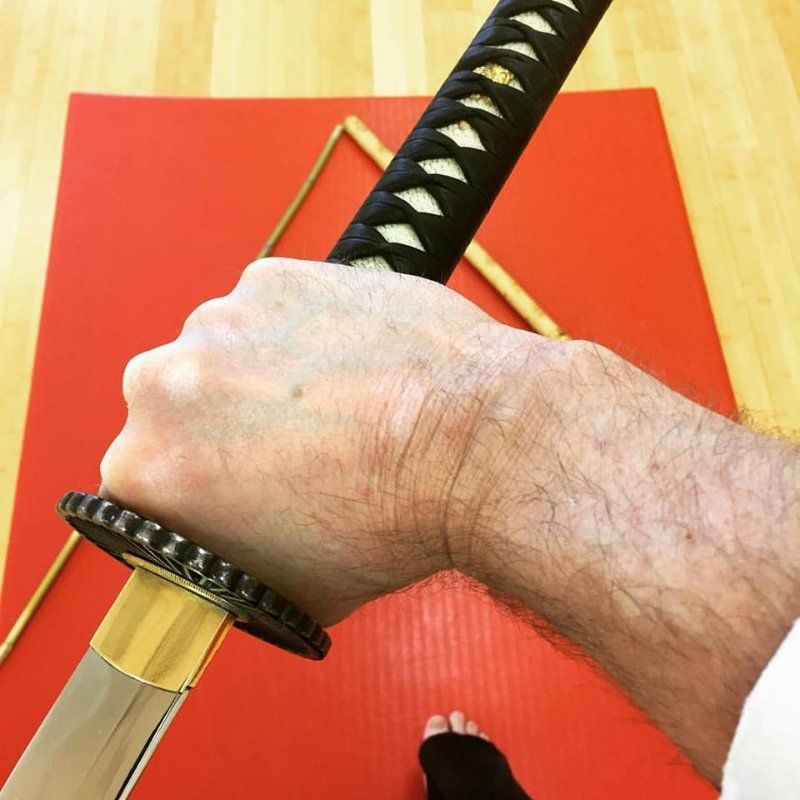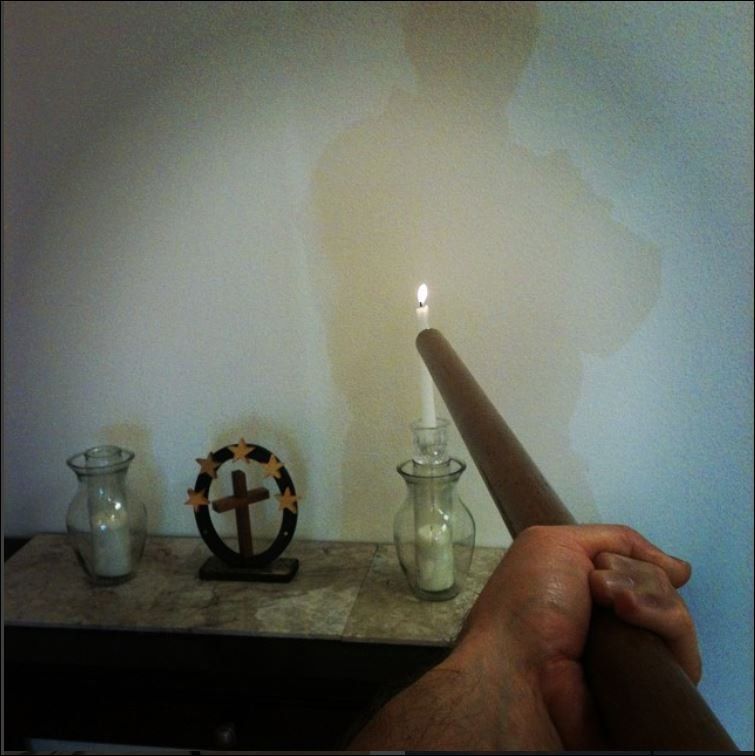BLOG
Katana Fittings
by CHRIS LOPEZ
-
Tsuka : Hilt. Katana's handle. It is made of hardwood and covered in "same," which is either rayskin or sharkskin. The outside is methodically wrapped in "ito," made of silk, cotton, or sometimes even leather. Inside of this wrapping are twin metal ornaments called "menuki." Being on the opposite sides of the hilt, they function to show where the hands go for tenouchi (grip). The tsuka begins and terminates in two other fittings: the fuchi and kashira (pommel). Towards the upper portion of the hilt is a bamboo peg called "mekugi," pin that holds the entire sword together. Tsuka are within 10-15in long, depending on personal preference of the user.
-
Tsuba : guard, guards the user's hand, functioning as quillons on European swords. It is sandwiched between two thin washer-like fittings of copper or brass called "seppa." Tsuba designs, usually seen are "maru gata" style. Other designs include "mokko" (lobed) or "kaku gata" (square).
-
Saya : sheath is made of hardwood and covered in flacquer. Black is the most common and traditional color seen on katana (due to Edo-period uniform), although other colors have become popular in modern times. Most he saya's opening at the top is called "koiguchi". The long cord tied to the saya is called "sageo," affixed to the "kurikata" (retaining knob). The color of the sageo either matches or complements the color of both the tsuka ito and saya.
Contact Information
Address:
8545 S Eastern Ave Suite # 107,
Las Vegas, NV 89123
@ Eastern Canyon Plaza
(Eastern Ave and Wigwam, near Spencer)
Wednesday and Friday @ 1:30pm
Tuesday, Wednesday & Thursday @ 5 pm (Kids) & 6:30 pm (Adults)
Saturday @ 10:30 am (Children)
& 11:30 am (Adults)
Sunday @ 10:30 am

